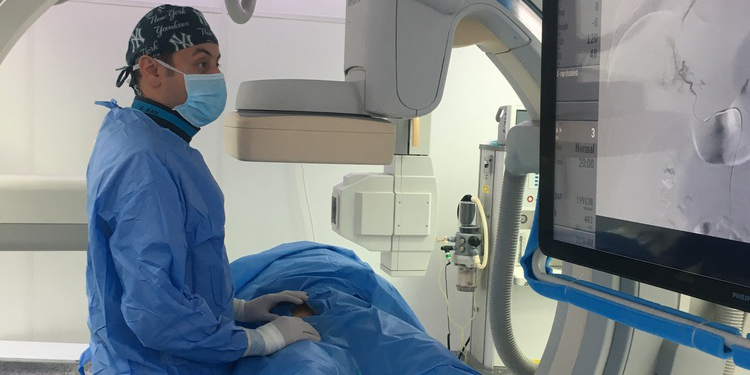
Overview
A Glimpse into the Future of Healthcare
Imagine a world where complex medical procedures can be performed with minimal invasiveness, leading to faster recovery times and fewer complications. This is the reality of interventional radiology, a field that has revolutionized modern medicine.
A Brief History
Interventional radiology has its roots in the early 20th century, with pioneering procedures like angiograms and catheterizations. Over the decades, advancements in imaging technology and medical devices have propelled this field to new heights. Today, interventional radiologists employ a range of sophisticated techniques to treat a variety of conditions, from cardiovascular diseases to cancer.
Innovative Techniques Shaping the Future
- Image-Guided Precision: Advanced imaging technologies like CT scans, MRI, and ultrasound provide real-time, detailed views of the body's interior, enabling precise interventions.
- Minimally Invasive Procedures: Interventional radiologists perform a wide range of minimally invasive procedures, including:
- Angioplasty and Stenting: Opening blocked arteries to improve blood flow.
- Embolization: Blocking blood vessels to treat tumors or abnormal blood vessels.
- Radiofrequency Ablation: Using heat to destroy tumors.
- Percutaneous Biopsy: Obtaining tissue samples for diagnosis.
- Emerging Technologies: The future of interventional radiology holds even more promise with the development of robotic-assisted interventions and artificial intelligence-driven image analysis.
Benefits of Interventional Radiology
- Reduced Trauma and Faster Recovery: Minimally invasive procedures often lead to shorter hospital stays and quicker recovery times.
- Increased Precision and Accuracy: Advanced imaging techniques allow for precise targeting of diseased tissue, minimizing damage to healthy tissue.
- Improved Patient Outcomes: Interventional radiology can lead to better patient outcomes, including increased survival rates and improved quality of life.
- Reduced Healthcare Costs: By avoiding open surgery and reducing hospital stays, interventional radiology can be a cost-effective treatment option.
Real-World Impact
Countless patients have benefited from the innovative techniques of interventional radiology. From treating aneurysms to performing complex cancer therapies, these procedures have transformed the way we approach healthcare.
The Future of Interventional Radiology
As technology continues to advance, the future of interventional radiology is bright. We can anticipate even more minimally invasive procedures, shorter recovery times, and improved patient outcomes. However, it's essential to consider the ethical implications of these powerful techniques and ensure that they are used responsibly and for the benefit of patients.
Conclusion
Interventional radiology is a testament to the power of medical innovation. By offering minimally invasive, targeted, and effective treatments, this field is reshaping the landscape of modern medicine. As we look to the future, we can expect even more groundbreaking advancements that will continue to improve the lives of patients worldwide.
